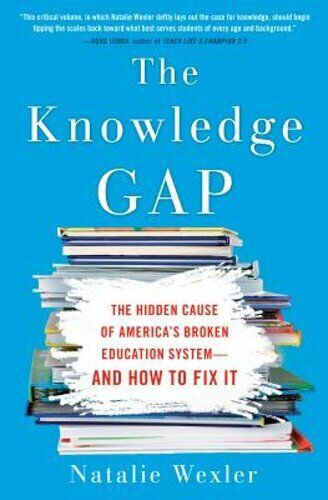There is nothing to match the warm, cozy comfort of a proper English pub*, especially on those cold, wet days as evening falls. Traditional pubs have been struggling for some time as British preferences in entertainment, drinking, and dining have become more cosmopolitan over the years. The raw numbers of pubs has declined year-over-year for decades, but it’s looking like the winter of 2022/23 may be the worst time for pubs in living memory:

“The Prospect of Whitby ; Pub London” by Loco Steve is licensed under CC BY-SA 2.0 .
Simon Pegg’s wise counsel in Shaun of the Dead – “Go to the Winchester, have a nice, cold pint, and wait for all this to blow over” – has long been shared in GIF form whenever a new crisis springs into view.
Chillingly, this time next year, that may no longer be an option. To the Great British pub, the winter energy crisis represents an existential threat. And on the back of two years drifting in purgatory under lockdown, many pubs are facing a war of extermination.
The trade publication for pubs, the Morning Advertiser, makes for especially grim reading at the moment. Its pages are dominated by the energy crisis. It suggests that without urgent government intervention, more than 70 per cent of existing licensed premises will not survive the winter.
One “wet-led” pub – that is, a pub-pub (one that relies on the sale of alcohol to remain viable, rather than on burger stacks and artisan chips served on a slate hubcap) – illustrates this plight all too clearly. Until this summer, it had been paying 14p per electricity unit on a fixed energy contract. But it has now been quoted 83p a unit. It is hard to imagine any cost that could rise so vertically without dealing a mortal blow to a business balanced on the edge of viability. And it’s not as if heating and energy are optional extras during the winter. This is not a thriller, this is a snuff movie.
Pubs have always faced challenges, of course, going right back to the Civil War and the mirthless interregnum. Thanks to Cromwell’s war on harmless pastimes – such as bear-baiting, whoring and dice – you will rarely see him honoured on pub signs in the way you see a Royal Oak or a King’s Arms.
The First World War famously saw the introduction of last orders. This was to keep munitions workers working. It was one of those temporary, emergency measures that, like income tax, proved oddly barbed once in the flesh of the state. As the 20th century wore on, rationing and oil shocks tightened belts. And then, under Thatcher, the rise of restaurants, wine bars and other sub-pub drinking options diffused the economic benefit of those re-loosened belts.
Drink-driving legislation and smoking bans delivered a slow-motion one-two that left many well-established premises, especially in rural locations, reeling. And in the background, the steady drip-drip of anti-drinking propaganda from bodies such as Public Health England (now rebranded as the Health Security Agency) has done its damage, too. The public-health lobby sees drinking only in terms of abuse, while ignoring the social benefits, the knitting-together, the public mental health of England that the public house affords.
* The Scots and the Welsh may have issues with this, but based on my experiences of drinking and dining in pubs in all three countries, it’s the English pub by a country mile. Welsh pubs can be pleasant, but Scottish pubs outside Edinburgh remind me of grim old Ontario bars back when Ontario was still just emerging from the post-Prohibition no-fun-on-Sunday Orange Lodge era (“We’ll let you drink, but you must be made to feel guilty for it!”).





